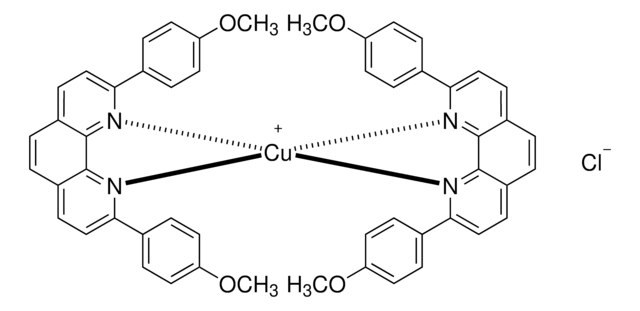901112
PhenN O-PC™ B0301
New Iridium, ≥97%
Synonim(y):
Miyake polymerization organophotoredox catalyst, 5,10-Di(2-Naphthyl)-5,10-dihydrophenazine, PhenN_2Naph
About This Item
Polecane produkty
Poziom jakości
Próba
≥97%
Postać
powder or crystals
przydatność reakcji
reagent type: catalyst
reaction type: Photocatalysis
aktywacja fotokatalizatora
460 nm
Powiązane kategorie
Zastosowanie
Product can be used with our line of photoreactors: Including Penn PhD (Z744035) & SynLED 2.0 (Z744080)
Inne uwagi
Organocatalyzed Atom Transfer Radical Polymerization Driven by Visible Light
Organocatalyzed Atom Transfer Radical Polymerization Using N-Aryl Phenoxazines as Photoredox Catalysts
Intramolecular Charge Transfer and Ion Pairing in N, N-Diaryl Dihydrophenazine Photoredox Catalysts for Efficient Organocatalyzed Atom Transfer Radical Polymerization
Informacje prawne
produkt powiązany
Hasło ostrzegawcze
Warning
Zwroty wskazujące rodzaj zagrożenia
Zwroty wskazujące środki ostrożności
Klasyfikacja zagrożeń
Acute Tox. 4 Oral
Kod klasy składowania
11 - Combustible Solids
Klasa zagrożenia wodnego (WGK)
WGK 3
Temperatura zapłonu (°F)
Not applicable
Temperatura zapłonu (°C)
Not applicable
Certyfikaty analizy (CoA)
Poszukaj Certyfikaty analizy (CoA), wpisując numer partii/serii produktów. Numery serii i partii można znaleźć na etykiecie produktu po słowach „seria” lub „partia”.
Masz już ten produkt?
Dokumenty związane z niedawno zakupionymi produktami zostały zamieszczone w Bibliotece dokumentów.
Klienci oglądali również te produkty
Produkty
Photoredox catalysis is a powerful synthetic methodology to form challenging covalent bonds using light irradiation. It is effective for light-driven polymer and small molecule synthesis.
Nasz zespół naukowców ma doświadczenie we wszystkich obszarach badań, w tym w naukach przyrodniczych, materiałoznawstwie, syntezie chemicznej, chromatografii, analityce i wielu innych dziedzinach.
Skontaktuj się z zespołem ds. pomocy technicznej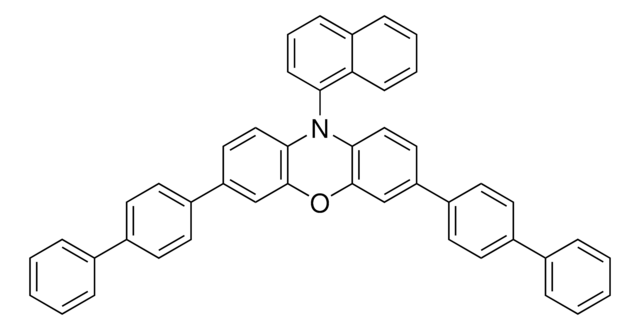
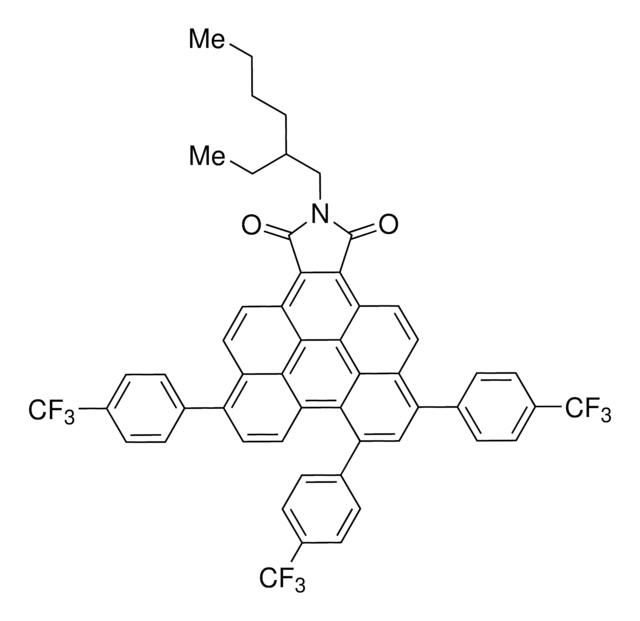



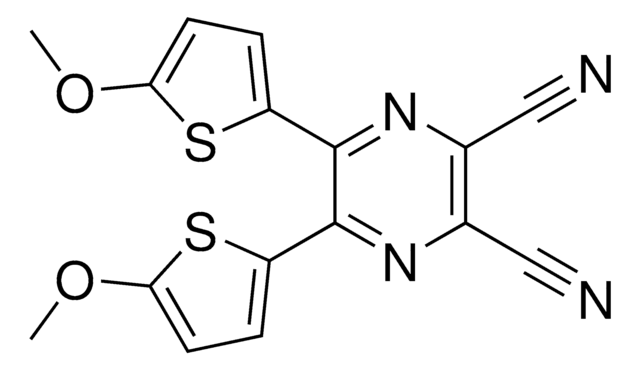
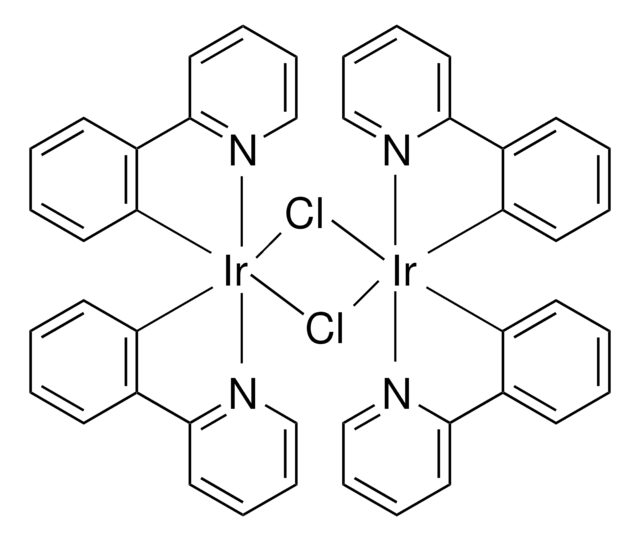

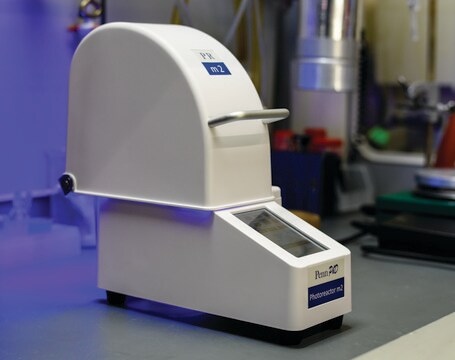



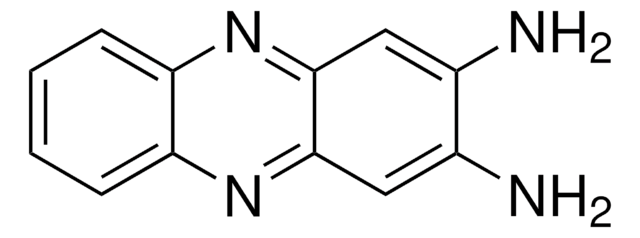
![2,7-BIS(1,1,3,3-TETRAMETHYLBUTYL)-5,10-BIS[4-(1,1,3,3-TETRAMETHYLBUTYL)PHENYL]-5,10-DIHYDROPHENAZINE AldrichCPR](/deepweb/assets/sigmaaldrich/product/structures/126/520/e70099f6-5ba2-4a67-87a4-d917541968af/640/e70099f6-5ba2-4a67-87a4-d917541968af.png)

